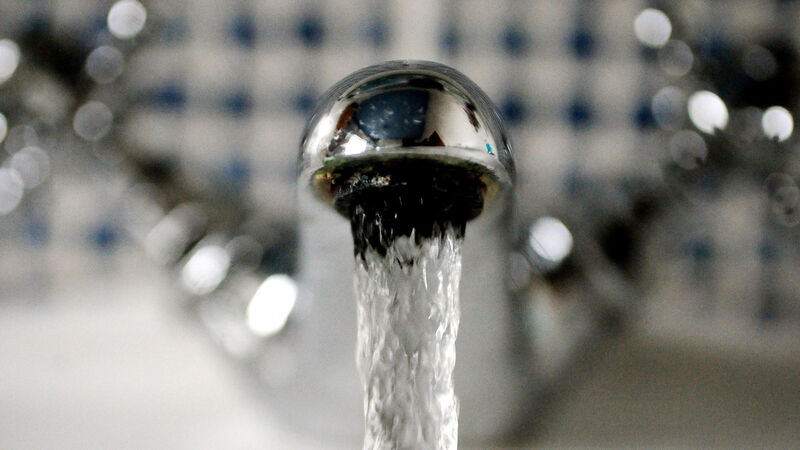Cork southside area had over eight times permitted levels of manganese in water

In the first nine months of this year, two-thirds of all tests carried out in the Ballyhooley Rd 'B' area showed manganese levels above EU maximums.
Seven months after the HSE castigated Uisce Éireann for not informing the public of high levels of manganese in drinking water in Cork city, one southside area had more than eight times the maximum allowed in EU law.
Across the city, in one northside area, two-thirds of the tests carried out on drinking water this year showed manganese levels exceeding EU maximums.
Manganese is a naturally occurring mineral which can, at high levels, be extremely harmful, potentially affecting brain development in infants and children, and in adults it can also cause symptoms similar to Parkinson’s disease.
The EU Drinking Water (2023) Regulations allow a maximum of 50 microgrammes per litre (µg/L).
During the week beginning September 22, manganese levels of 428µg/L were recorded at Friars Walk, more than eight times the EU maximum, according to data released under a Freedom of Information request from Thomas Gould, Sinn Féin TD for Cork North Central.
In the first nine months of this year, two-thirds of all tests carried out in the Ballyhooley Rd 'B' area showed manganese levels above EU maximums.








 App?
App?


